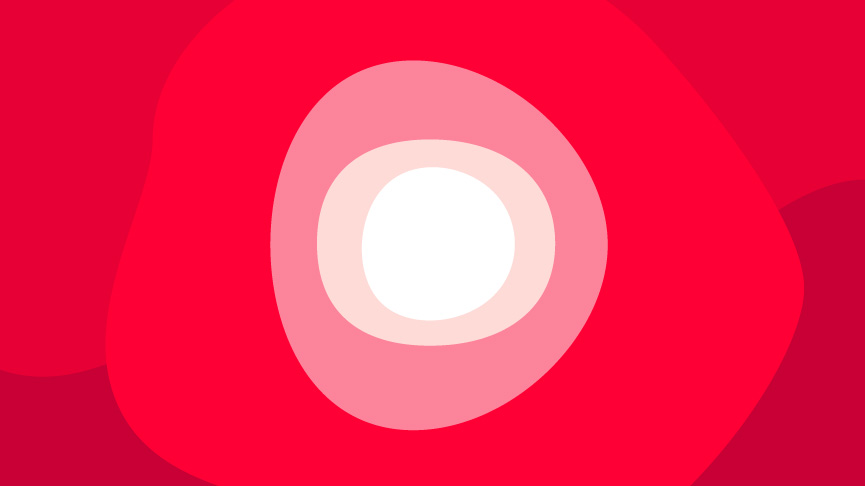O-M-G-Spot: What’s the Deal with G-Spot Orgasms?

This article was medically fact-checked by Consultant Obstetrician and Gynaecologist Dr. Shree Datta.
Named for German gynaecologist Ernst Gräfenberg, the mere existence of the G-spot is the subject of some speculation, and the jury is still out on whether it does indeed exist. Whether or not it does, many people with vaginas find ecstatic experiences when stimulating said area.
So let’s skip to the climax – the G-spot orgasm.
The Big G
Female orgasms have a whole host of physical and mental benefits, and are pretty darn fascinating. But just as no two women are the same, no two orgasms are alike either.
G-spot orgasms are heralded as the sexual equivalent of an Olympic gold medal; for some people – more powerful and intense than “clitoral orgasms”. Given the complex structure of the clitoris, some believe that when arousing the G-spot, it may just be an extension of the clitoris.
No matter what science has to say, what matters is that it feels good to you.
Stimulating the hotly debated G-spot is all about exploring your body and discovering what feels good to you.
Unlike their clitoral counterparts, G-spot orgasms occur through internal stimulation. The G “spot” is thought to be an area – approximately the size of an American nickel (about 2 cm in diameter) located 2 to 3 inches (5 to 7 cm) inside the vagina on the anterior – frontal – wall from the vaginal opening.
It’s said to feel slightly rougher than the rest of the vaginal canal.
A G-spot orgasm will feel a little different for everyone, but it’s usually described as having a slower build and being less intense than a clitoral orgasm, but lasting longer.
Getting There
Even if you’re not able to reach orgasm during partnered sex from penetration alone, that doesn’t mean a G-spot spot orgasm is beyond your reach. Because our bodies are all different – as are those of our partners – it’s possible you won’t be able to stimulate it exactly the right way during penetrative sex.
The method that most people find successful is direct contact of pointer and middle fingers to the G-spot, either with an upward alternating pressure or with a ‘come-hither’ motion if you have someone assisting you with this climactic endeavour.
To make things a little easier, however, we recommend using a massager specifically designed for stimulating the area where the G-spot is thought to be.
It’s subtly curved body and focused tip make it the perfect tool for the job- not to mention that it doesn’t get tired in the way that your partner’s hands might!
The other benefit to using a G-spot massager like Celesse to explore your orgasm potential is that it allows you to better figure out exactly what pressure and motion will work for you, while also removing some of the ‘performance anxiety’ you may have if a partner is present.
When holding Celesse, angle your wrist downward so the head pushes against the ‘roof’ your vagina until it hits your G-spot (this is where first locating it with your fingers can help).
You can try applying steady pressure or ‘rocking’ the massager like a seesaw to alternate it; this will likely be more pleasurable than an in and out motion, but try that too!
Better Together: Blended Orgasms
It’s possible that however pleasurable G-spot stimulation is, it may not bring you to climax – and that’s okay! Some women struggle to have an orgasm at all, and only 30% of women can reach orgasm from penetration alone, so it’s no big deal if you require a little external attention!
Besides, sexual satisfaction is so much more about the journey than the destination, but if you find yourself getting frustrated, you can always discover the delight that is the blended orgasm.
A blended orgasm is simply an orgasm that is brought on by stimulating more than one erogenous zone of the body at once.
It’s more common iteration is when you stimulate both the clitoris and G-spot at once – hence why rabbit-style vibrators are so popular – but you can also just use your hand or another small external vibe to take your pleasure over the top!
Happy hunting, and remember: G marks the spot!
Facts checked by:
Dr. Shree Datta
Dr. Shree Datta is a Consultant Obstetrician and Gynaecologist in London, specialising in women’s health including all menstrual problems such as fibroids and endometriosis. Dr. Shree is a keen advocate for patient choice, having written numerous articles and books to promote patient and clinician information. Her vision resonates with INTIMINA, with the common goals of demystifying periods and delivering the best possible care to her patients
Written by:

A collective group of “lady experts” at Intimina who love sharing our personal experiences, even when they are a little too personal. We believe it’s time to start breaking down the taboos around menstruation, motherhood, and menopause, and start owning our female health.



